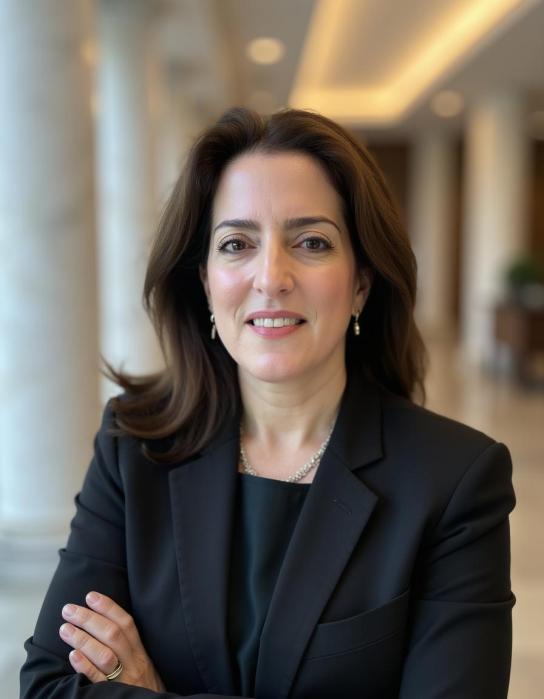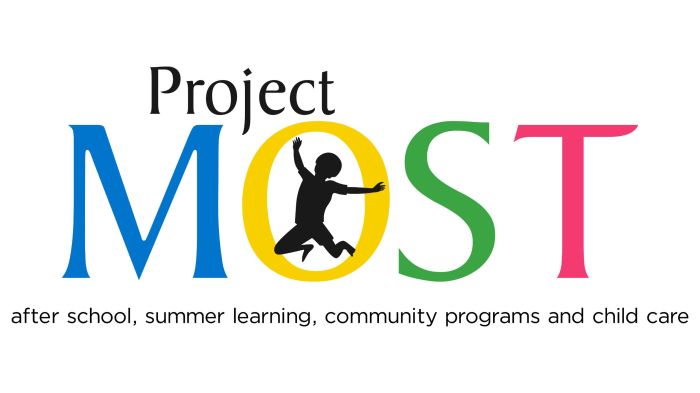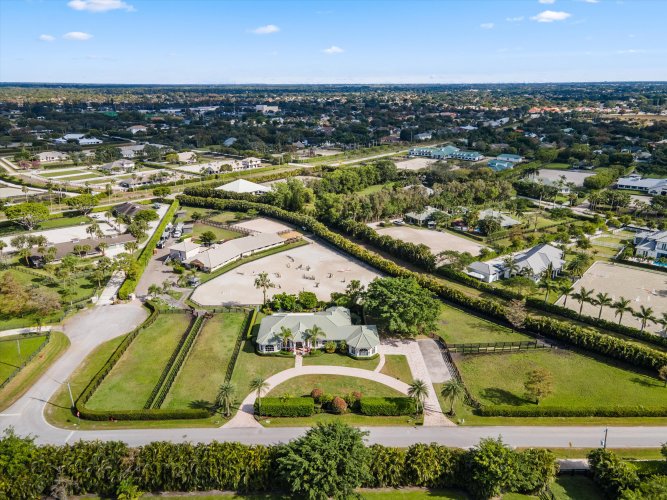
Wildlife is abounding in Levittown. Bunnies have been taking over lawns and backyards for years. Raccoons have made their nightly rounds, as have opossum. But now deer are being spotted! (And I don’t need to mention “ROUS” — Rodents Of Unusual Size.)
But my current nemesis is a groundhog that has taken up residence near my garden. It’s eating the leaves off my vegetables and flowers that had benefitted from the plentiful precipitation earlier in the summer. I’m happy to say the rain did not hurt the rhubarb!
But now I view the movie Caddyshack with a new appreciation and I’ve taken to rooting for Mr. McGregor in the Peter Rabbit stories. Not that I wish my groundhog any harm, I just wish he’d move to East Meadow or Hicksville.
Still, I can’t help but admire its technique. This critter is munching on many of my plants, yet he never bites through the stems. In fact he leaves just enough leaves so that plant will live — stunted, but still alive. It’s as if he knows that if he leaves the plant alive, he can come back in a few weeks to get a second helping.
I know that groundhogs don’t possess human intelligence so I’m amazed that their genetic programming has yielded such cautious and effective behavior. Who among us can stop eating after tasting only a few potato chips? The bag somehow empties before we realize it.
In fact, when we look at broader human behavior when it comes to our plant, we have not been as careful as the groundhog in treating our natural resources. So maybe this is a good time to be challenged by some quotes from Pope Francis as he urges us to consider taking better care of our common home.
“We received this world as an inheritance from past generations, but also as a loan from future generations, to whom we will have to return it!”—Remarks, meeting with political, business and community leaders, Quito, Ecuador, July 7, 2015
“May the relationship between man and nature not be driven by greed, to manipulate and exploit, but may the divine harmony between beings and creation be conserved in the logic of respect and care.”—General audience, Vatican City, April 22, 2015
“As stewards of God’s creation, we are called to make the earth a beautiful garden for the human family. When we destroy our forests, ravage our soil and pollute our seas, we betray that noble calling.” —Speech, Manila, Philippines, January 18, 2015
“The earth, our home, is beginning to look more and more like an immense pile of filth. In many parts of the planet, the elderly lament that once beautiful landscapes are now covered with rubbish.”—Papal encyclical, Vatican City, May 24, 2015
“Our common home is being pillaged, laid waste and harmed with impunity. Cowardice in defending it is a grave sin.”—Speech, Santa Cruz, Bolivia, July 9, 2015
Now you and I aren’t directly involved in strip mining, pouring pollutants into lakes, oceans or the aquifer under Long Island. Yet like the groundhog in my garden, we do have an effect on the world we live in. I’m impressed with its behavior of taking “just enough” and then moving on, leaving life to carry on. Perhaps we could learn a lesson from this garden visitor and think of ways to use just what we need and leave a better world for the generation to follow.































